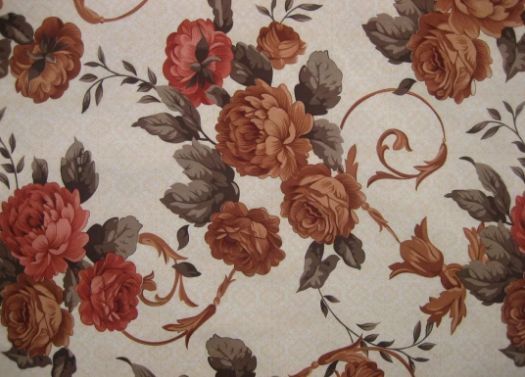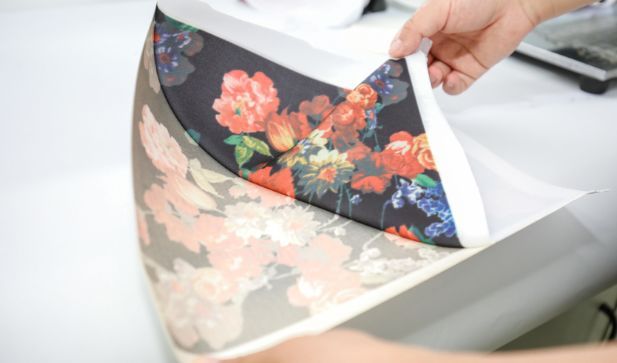The more common printing method, I roughly divided it into four categories: screen, direct spray, hot painting, embroidery. Before, today, let’s talk about another more widely used hot transfer printing.
There are many differences between these processes on the Internet, but in fact, the principle of these printing processes are the same: first present the pattern on a certain media (chemical film, transfer paper, etc.), through different temperatures, through hot melting, pressure, penetration, the pattern is left on the presented fabric surface. Each process presents different effects and different costs. Hot painting is mainly to put the solvent ink printed to the transfer film, and then through the high temperature pressing method of the film and clothes firmly fusion together, hot painting has impermeability, feel slightly poor, it is not recommended to summer T-shirt or clothing to use a large area, the whole piece of hot painting, such as the photos printed on the T-shirt. Hot transfer is directly the ink through transfer paper directly dispersed clothes fabric fabric, and the traditional hot transfer clothes although breathable, but because the transfer process of temperature control is not stable, the general color fastness also drop, affect texture, also appeared a lot of high precision thermal transfer materials, color fastness is relatively good, but most of the imported material, the cost will increase accordingly. Thermal transfer is generally used in chemical fiber fabrics, characterized by bright colors, delicate layers, realistic flower shape, and strong artistic quality, but the process is currently only suitable for a few synthetic fibers such as polyester.
Thermal sublimation is the infiltration pattern or pattern, which is to use the principle of thermal sublimation, the pattern or pattern on the thermal sublimation paper is directly permeated into the object to be printed for processing and printing, and the pattern made by the thermal sublimation is relatively smooth. Thermal sublimation process adhesion is strong, not easy to fade. Hot sublimation is mainly advertising posters, handbags, bags, woven ribbons, cloth pads, daily packaging supplies, etc., as for the hot transfer printing is mainly stationery, leather and clothing.
Post time: Dec-06-2022








